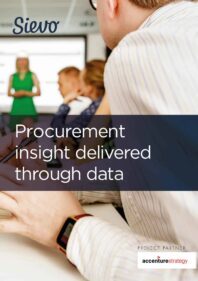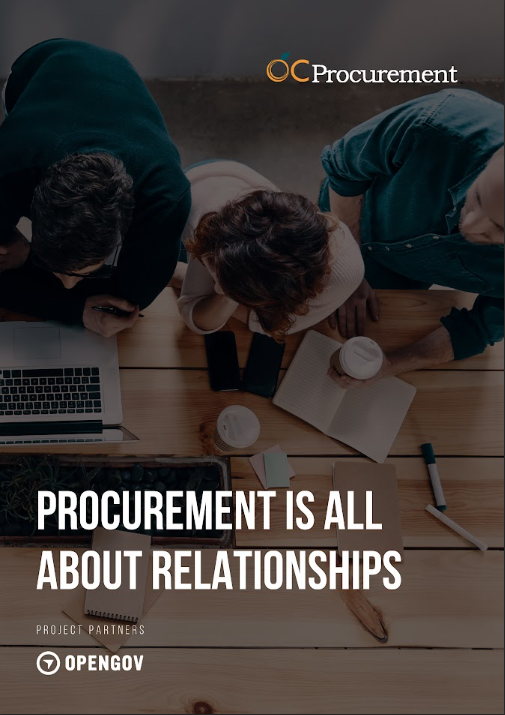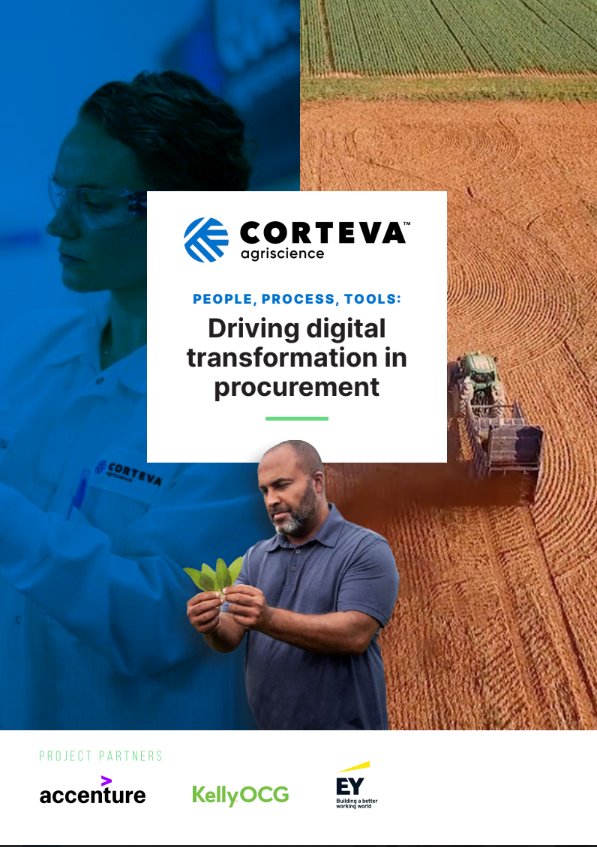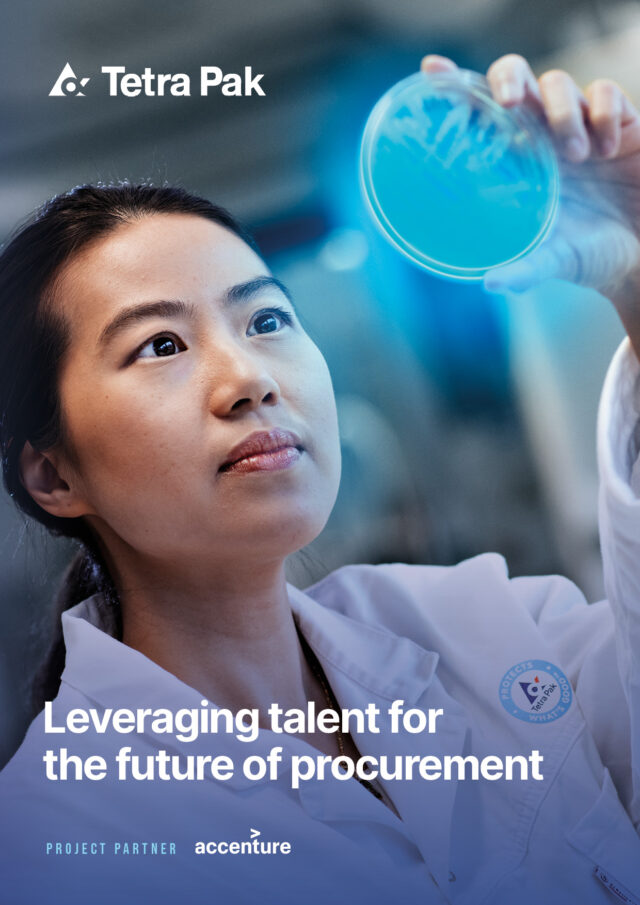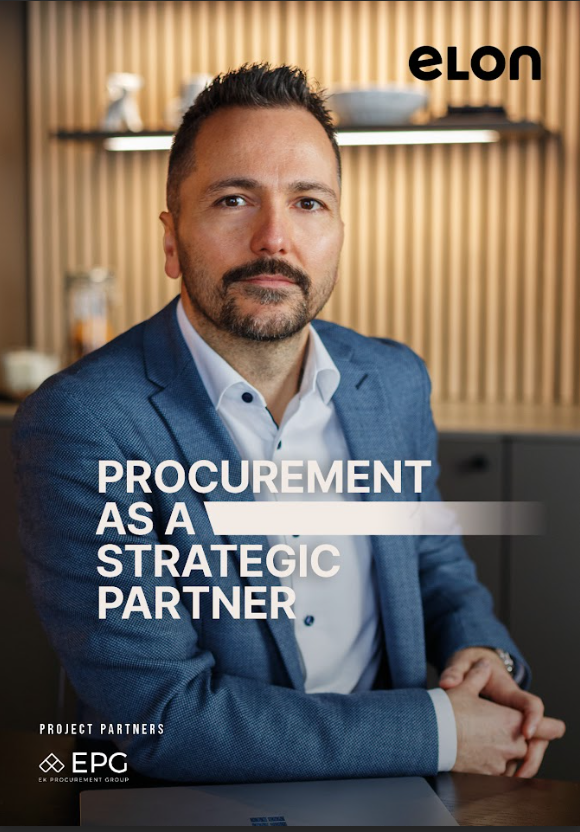Unreliable analytics hold back the potential of digital transformation in procurement. According to a recent study by Deloitte, most CPOs view analytics as the technology area with the highest impact on business; and yet almost every one in two CPOs considers poor data quality or data integrations as the greatest barriers to effective digital procurement. Few know the challenge of analytics in procurement as well as Sievo. Founded almost two decades ago by Matti Sillanpää and Sammeli Sammalkorpi, Sievo specialises in wrangling up procurement data from a variety of sources to provide reliable and actionable insights.
Data, as we know, is everywhere and there is a seemingly endless supply of it. “Clients have the perception that they have a lot of data that is of bad quality and so they are unable to drive value and create meaningful analytics,” explains Sammalkorpi. “The process with us will start with us capturing all of the data our clients have before we turn it around and translate it into actionable insights. It’s about proving to our clients that even with their most heterogeneous data, value can be created and it’s also about taking a forward-looking view on how analytics can inform the best course of action and key business decisions.”
Sievo’s approach transcends merely the creation of data analytics; it enables continuous access to a form of data that allows for long-term forecasting and actions. Sammalkorpi believes that this reflects a shift in the procurement space, moving away from a traditional static view of analytics towards a more fluid understanding of analytics. “We want to provide tools in order for customers to be capable of consuming the data on a day to day basis,” he says. “In the past, analytics was something done by few and done seldom. Now true analytics can be something that’s accessed by everybody on a continuous basis.”
Sievo’s vast client base spreads across numerous industry sectors and allows the company to see a broader picture as to the current procurement and data landscape; the challenges, trends and opportunities present. To date, the company has worked with the likes of Carlsberg, ISS, Schindler and MTN to name a few and Sammalkorpi believes that no two industries are at the same level of maturity in this data-driven transformation journey but most importantly, there are lessons to be shared across them all. “Regardless of where they are in their journey, it’s important to realise that the journey itself will start with the building of a procurement focused scorecard like spend and savings; a basic reporting on visibility,” he says. “Once that’s in place, you can start looking at forward-looking metrics and be able to forecast and explore different scenarios. This creates a more balanced scorecard that’s not just relevant for the procurement community, but relevant for business stakeholders as well. Instead of speaking solely in procurement lingo, you can now speak in a language that is relevant for different business partners.” This in itself represents a huge change in the perception of analytics in both sales and in procurement and highlights the new order in which for companies to be proactive in their actions and to truly engage with their business partners, they must move beyond a rear mirror view of past spend and savings and look at data analytics on procurement. “This translates to being able to forecast what will happen to your cost base in multiple different scenarios, because a lot of cost is driven by procurement spend,” says Sammalkorpi. “What will happen to your cost base after a sudden change in international tariffs? How quickly can you forecast impact across different business units or even regions? A lot of clients are asking us to provide an accurate long-term forecast and I don’t think that’s feasible in this increasingly interconnected, complex world. But what we can help our clients with is providing more agility around that forecasting problem so that you can create a new view in a matter of minutes or hours, not weeks or months.”
The challenge with a constantly evolving technology landscape is that you cannot focus entirely on just the one technology and while data analytics dominates the conversation, there are other key technologies becoming more present in the market. Artificial Intelligence (AI) and Machine Learning are but two of these emerging technologies and Sammalkorpi is not one to fall for hype, rather he believes the hype surrounding these technologies to be well grounded. “AI and machine learning will completely change the way the teams take actions in procurement. So I think it’s well-grounded hype,” he says. He does urge caution however; “At the same time it’s still hype, which also means that nowadays people think it’s the answer to any and all problems and challenges out there.” In this instance, he encourages clients to look at small, repetitive tasks in the procurement process that create a lot of data as applications ripe for AI or machine learning adoption.
Technology and innovation equals change and opportunity, with Sammalkorpi confessing that right now is an incredible time to be alive thanks to a number of key drivers. These include the increasing number of computations when moving to the cloud, an infrastructural change that Sievo very much plays a part in. Data-driven procurement benchmarking is an example of innovations made possible by recent advances in technology. Sammalkorpi points to a single fundamental change as the biggest key driver. “It’s our capability to leverage our client data in a big data way,” he says. “Historically, we would take data from different systems and combine that data, cleanse that data, and then provide visibility to spend or savings or supply base. The new value creates an opportunity to take data from across our clients and create benchmarks based on over a trillion dollars of procurement transactions. We can provide supply identification services and suddenly the role of technology providers is not only to provide the technology to clean the data, but also to provide the content, the benchmark, the supply identification.”
With all the talk of digitisation, machine learning and AI taking over certain elements of procurement, one is forgiven for wondering what will become of the Chief Procurement Officer? Will they get replaced by this technology? Sammalkorpi believes that people fail to realise just how important people will continue to be in the future. As organisations look to automate more and more, removing routine processes such as approvals and invoices, what will remain is a demand for the procurement professionals to think outside the box, creating innovation and managing relationships between internal and external stakeholders as well as suppliers. “When you start to have this professional profile, you also need to recognise that the difference you can make in finding the right talent, retaining the right talent and developing the right talent. So the next big challenge for procurement functions is to find the right people who fit the new role of procurement professionals,” he says. So what will this new role of procurement professionals looks like? “Knowing your procurement stuff is no longer the only crucial part of the job. A really good CPO can have a dialogue with senior stakeholders and become a true business partner. They must have a desire to embrace digital transformation, seek out the right partners who can take procurement to the next level and leverage learning and digital tools to really make a difference.”
Sievo’s growth as a company has coincided with the shifting nature of the procurement landscape. As procurement has begun to be perceived as a true business partner, “moving away from being simply procurement” as Sammalkorpi notes, what drives the company to continue to navigate and in some ways steer this shift? “My position is that I want to make procurement more awesome and I believe what Sievo can provide is one vehicle in that transformation, providing analytics and analytical tools that procurement people enjoy using and can be proud of,” he says. “We are the largest and leading company focused on data analytics and we got there by growing with our clients and learning with them. When we first started, we didn’t know much about procurement and everything we have learned, we’ve learned from our clients and we will continue to operate in this way.”
